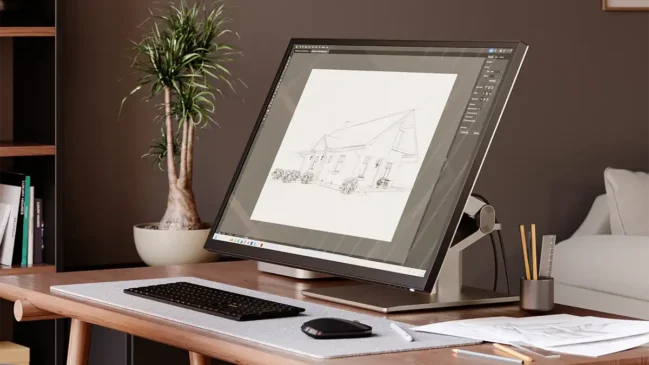
Football, the beautiful game, has come a long way since its inception. From leather balls to online gaming, the sport has undergone a massive transformation in the last century. With the advancement of technology, the game is now entering a new era.
Perhaps, it won’t be wrong to say that the impact of technology on football is vast and far-reaching, from how players train and perform to how fans interact with the sport.
In this article, we will discuss in detail how technology is changing the game of football. We will also take a closer look at the various technologies that are shaping the sport. So, let’s begin!
Tracking and Analytics
Today, most professional teams use sensors and cameras to track players’ performance during training and matches. It helps identify areas of improvement and potential injuries and even scout new talent.
In short, using tracking and analytics technology, coaches can make more informed decisions about their players and create more effective game strategies.
For example, data can show how far a player has run, their speed, and even how many passes they have completed. This information can be used to adjust training programs, create tailored game plans, and develop more effective tactics.
Online Gaming
Online gaming has revolutionized how we play and interact with sports, including football. These games have taken the world by storm, allowing players to control their favorite teams and players from the comfort of their own homes.
Online football gaming has become so popular that sites like แทงบอลเสต็ป, aka football step, have emerged, allowing fans to make money with virtual matches. These games offer a new way for fans to engage with the sport, allowing them to experience the thrill of victory in a safe and controlled environment. Additionally, the rise of esports has led to the creation of professional gaming teams and tournaments, offering a new career path for aspiring football players.
Video Assistant Referee
This technology is quite useful for referees to make more accurate decisions during the game. VAR uses video footage to review contentious incidents, such as goals, penalties, and red card offenses. This system allows the referee to take a second look at the incident from different angles and make a more informed decision, eliminating potential errors.
While some sports enthusiasts may complain that it slows down the game, it has been used in major tournaments such as the FIFA World Cup and the UEFA Champions League.
Virtual Reality
Finally, virtual reality (VR) allows individuals to experience a simulated environment of football matches and training sessions that feels real. By wearing a headset and interacting with a computer-generated world, users can feel as though they are physically present in a different place.
It can also be used to train referees to practice making decisions in realistic scenarios. VR technology has the potential to revolutionize football training, offering players and referees a unique opportunity to improve their skills and knowledge of the game more engagingly and interactively.
Final Words,
Technology is changing the game of football in many ways. From tracking and analytics to virtual reality, these technologies create new opportunities for players, coaches, referees, and fans. While some may argue that these changes take away from the traditional aspects of the sport, it is clear that technology is here to stay and will continue to shape the game in new and exciting ways.








